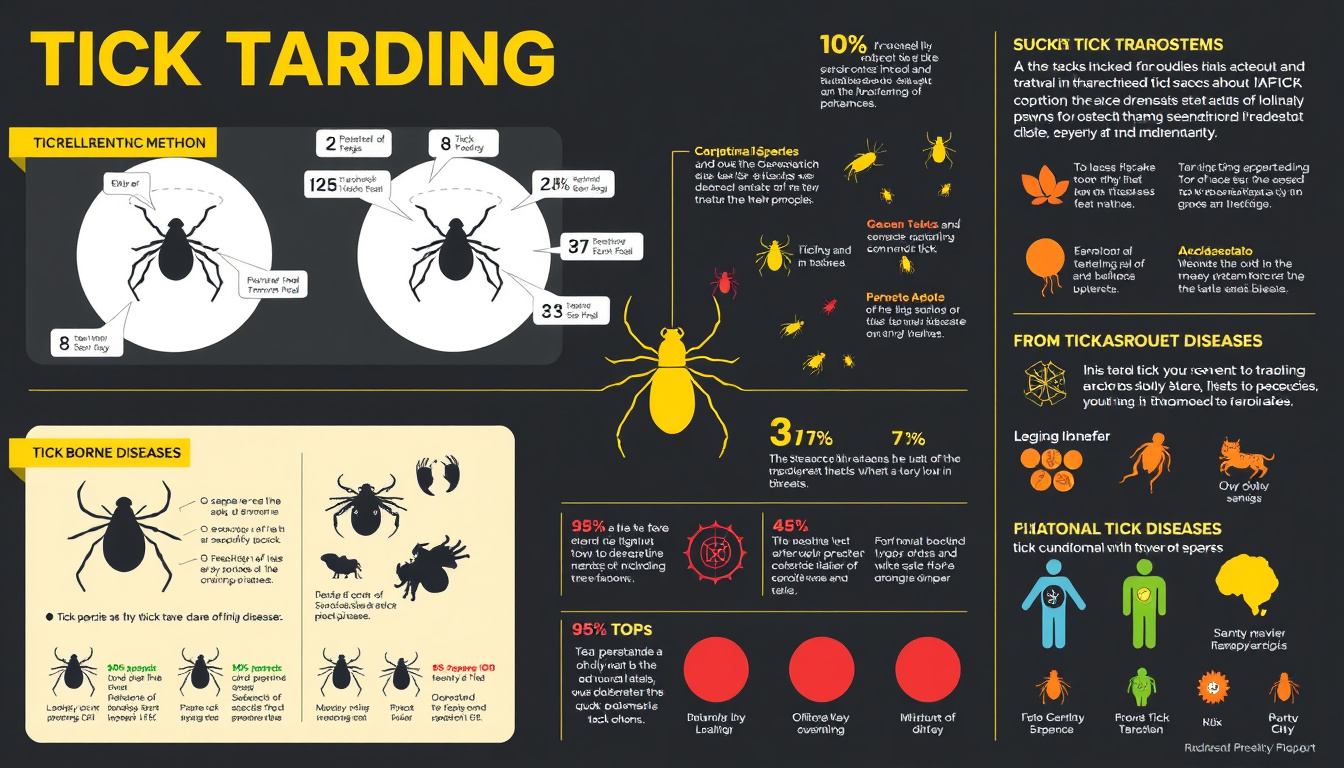
Ticks are very small. They make a big impact on public health. Their bites now link to a rare allergy. Tick season comes with late summer and fall in the Southeastern United States. It is important for everyone to learn about these pests and the risks they bring. This article shows tick research. It follows scientists who track tick numbers and study the diseases they spread.
The Impact of Tick Bites
Studies show that the lone star tick can cause Alpha-gal syndrome, a red meat allergy. The immune system then sees a sugar called alpha-gal as a threat. People with this allergy must avoid mammal meat. Their diets change, and their lives shift too. Learning about this allergy helps us keep public health safe.
A Unique Allergy Mechanism
George McLoud tells his story as a sufferer of this allergy. His tick bite changed his body’s response. Tick saliva can make the immune system react slowly to alpha-gal. George eats red meat. Hours later, his body shows the delayed reaction. In this way, a tick bite affects how the body deals with a common sugar.
Tick Research and Tracking
Dr. Holly Gaff leads the efforts to count and study ticks. In the field, scientists collect ticks with simple tools. They analyze each tick for signs of disease. A tick bite can spread a harmful virus in just 15 minutes. This quick risk calls for fast and clear precautions.
The Environmental Shift
More people are moving from cities to suburban areas. They now visit regions where ticks live easily. Close contact with tick homes makes bites more likely. This shift in living brings new dangers. It also means that protecting yourself becomes more urgent.
Practical Precautions
Doctors offer clear ways to avoid tick bites. They ask us to wear long clothes and use insect repellent. After going outside, we must check our bodies carefully. Knowing how to remove a tick safely is also very important. These steps help reduce the risk of illness.
Community Engagement and Research
Local groups also work hard to study tick-borne diseases. They collect ticks from pets and people. Scientists then check these ticks for pathogens. This work shows where disease risks lie. It keeps our communities informed and safe.
Conclusion: Staying Informed and Prepared
Tick numbers are rising, and so are the health risks. Learn about tick habits and the allergies they cause. Knowing this helps you take steps to protect your health. Community research and awareness are our first line of defense. Through education and careful actions, we can face tick season well. Working together, we can enjoy the outdoors safely and keep our health secure.
contact us @mindfulaimedia@gmail.com

No comments:
Post a Comment